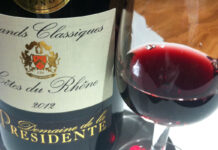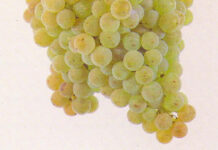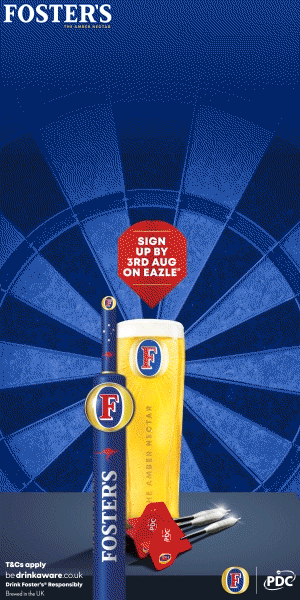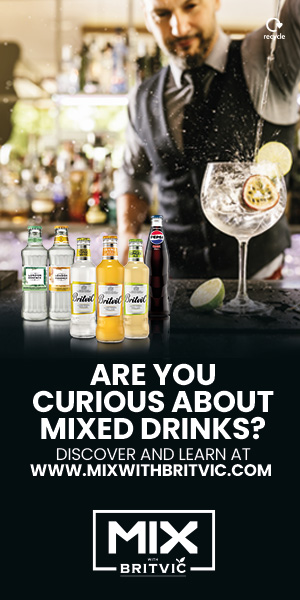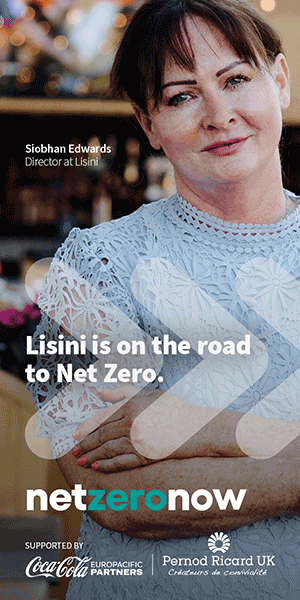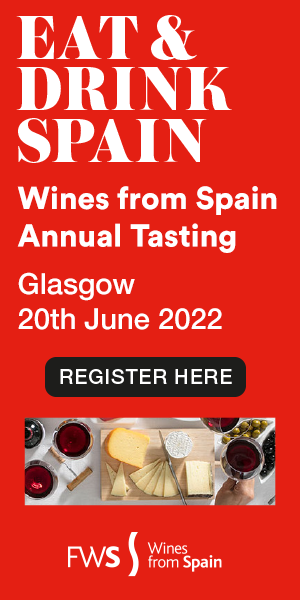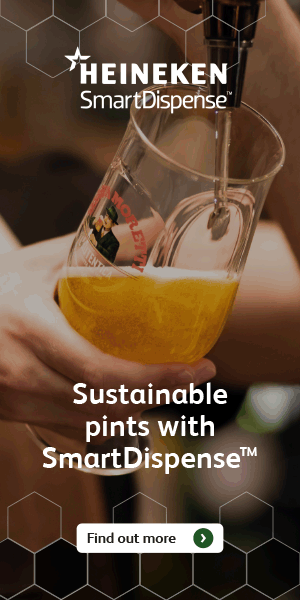Luke Richardson is the sommelier at wine bar Le Di-Vin in Edinburgh. In his column for SLTN he shares his thoughts on all things wine-related and answers your questions about wine. If you have a question for Luke email it to sltn@peeblesmedia.com
 HELLO again!
HELLO again!
This month I thought I would talk about Chenin Blanc. Somewhat overlooked, this grape variety makes a plethora of wine styles, not too dissimilar to Chardonnay in that matter – you can find light, crisp, fresh, green and grassy Chenins; more medium-bodied, yellow fruited examples; very linear, powerful, long but unoaked types; rich, toasty, oaky, nutty, long-lived examples and even luscious dessert wines… pretty much every style of white out there!
So, starting with the simplest type – the light, crisp, green-edge style – and we’re off to South Africa.
The coastal area north and east of Cape Town are the best areas for this linear, crisp, grassy style of Chenin Blanc – a simple wine, providing a refreshing and very crisp mouthful, great for drinking on its own or with light salads or white fish dishes.
If the wine is just for drinking on its own, after a few glasses the high level of acidity can start to catch up with you but, in general, this is an ideal house white wine – easy going, crisp, fresh and refreshing. Expect to pay £5 plus VAT.
My favourite areas are Stellenbosch for a slightly slicker style, and Swartland for a slightly riper style.
For the more medium-bodied examples, we go to the Loire Valley in France. Considered the spiritual home of Chenin Blanc, there are many styles available, and it’s easiest to briefly describe them town by town.
Travelling west to east, the first main towns you arrive at are Anjou and Saumur. Here you find a ripe fruited style, often with the flavour of yellow plums or yellow apples, and quite frequently with a slight smokiness to the finish – great with quiche, more mellow fish dishes (in butter-based sauces for example) or with a Caesar salad, with or without the chicken.
Expect to pay £8 plus VAT and up.
Occasionally, the winemakers will age the wines in oak for a bit, making the wine a little more full-bodied and with more toasty or nutty flavours, so check with your supplier before buying them.
A little further along the Loire Valley, you come across Vouvray and Montlouis.
Here the wines tend to be more taut, more precise, more powerful – either in the minerality, or in the fullness of the body – much more classy in general, and able to handle much richer foods, like monkfish, turbot, shellfish etc.
One note, ‘everyday’ Vouvray (£8.50 and up plus VAT) tends to be on the lighter, fruitier side, and the more expensive examples (£12+) tend to be a more serious, and often oaked, style.
Montlouis is often more mineral and savoury-flavoured than Vouvray, and is my preferred style.
There are also several dessert wines made from Chenin Blanc, notably Coteaux du Layon and Quarts de Chaume – both great with fruit desserts and most often a clean, fresh style – they start at around £8 plus VAT for a half bottle.
Again, wines at the lower end of the price spectrum are simpler, and they get richer and more full-flavoured as the price increases.
All in all, the Chenin Blanc grape provides a wine for just about every occasion, but with so many styles available, it’s always a good idea to ask your supplier for some info, or do what I do, and ask for a sample so you can try them for yourself! Enjoy!



